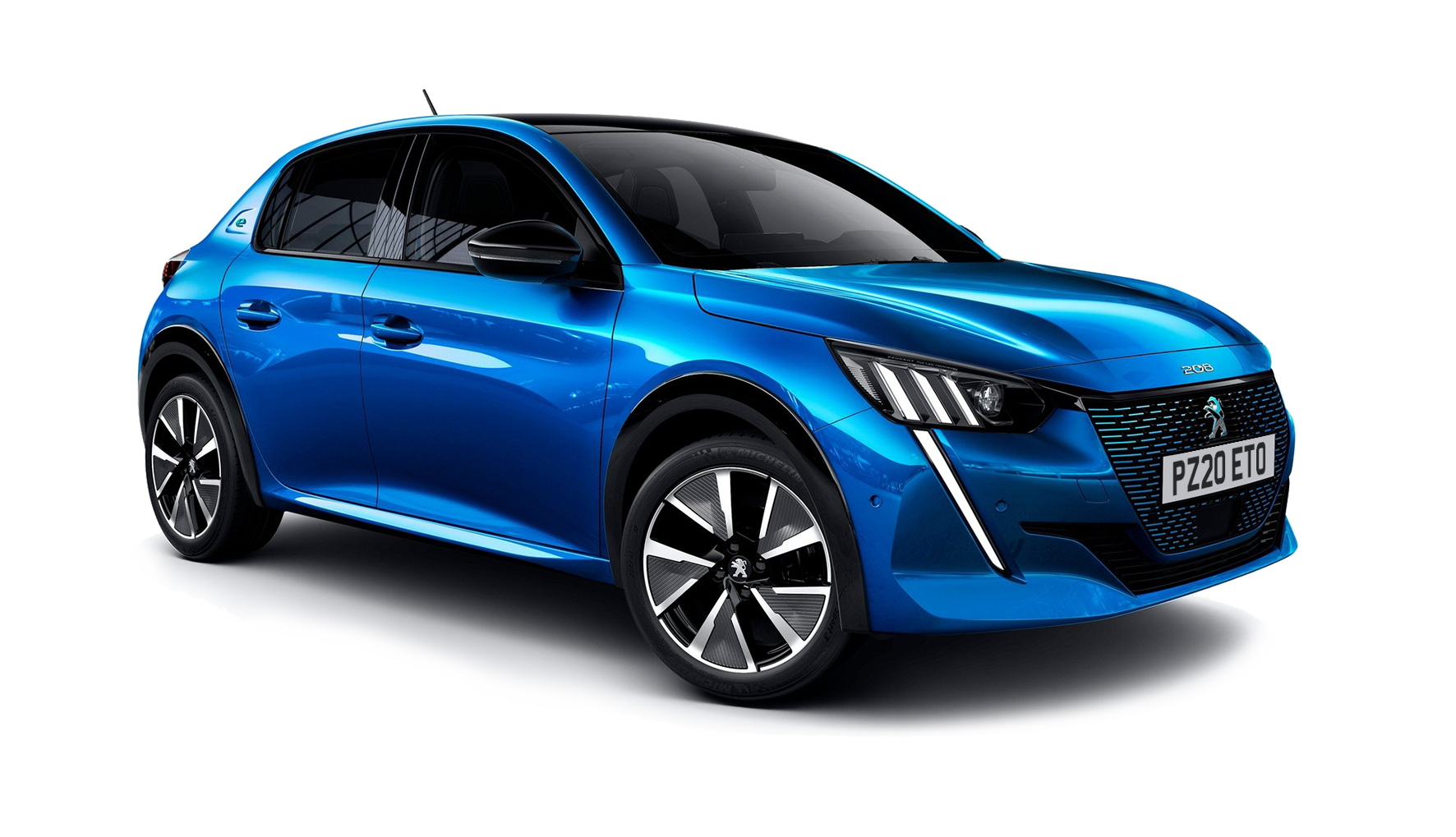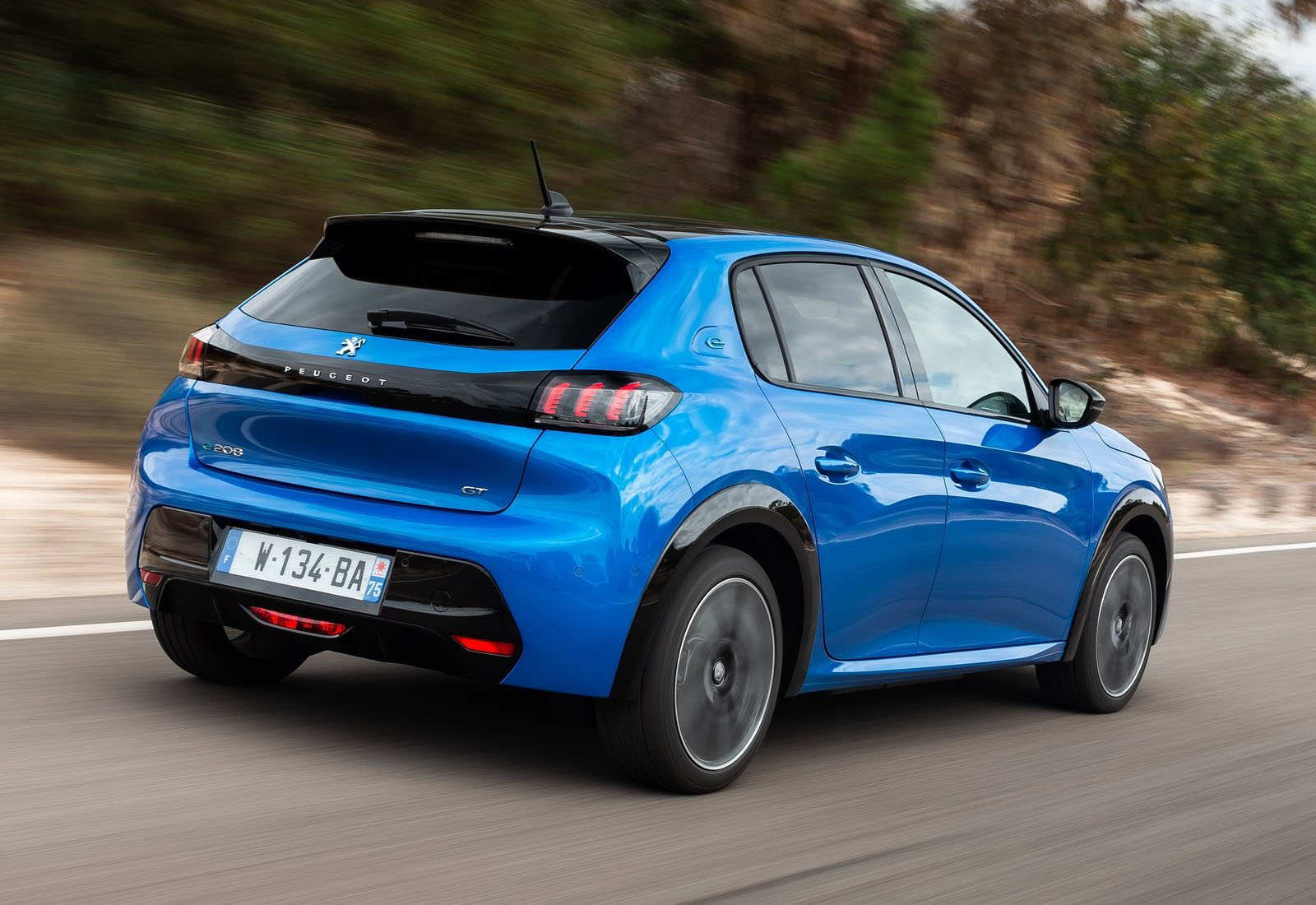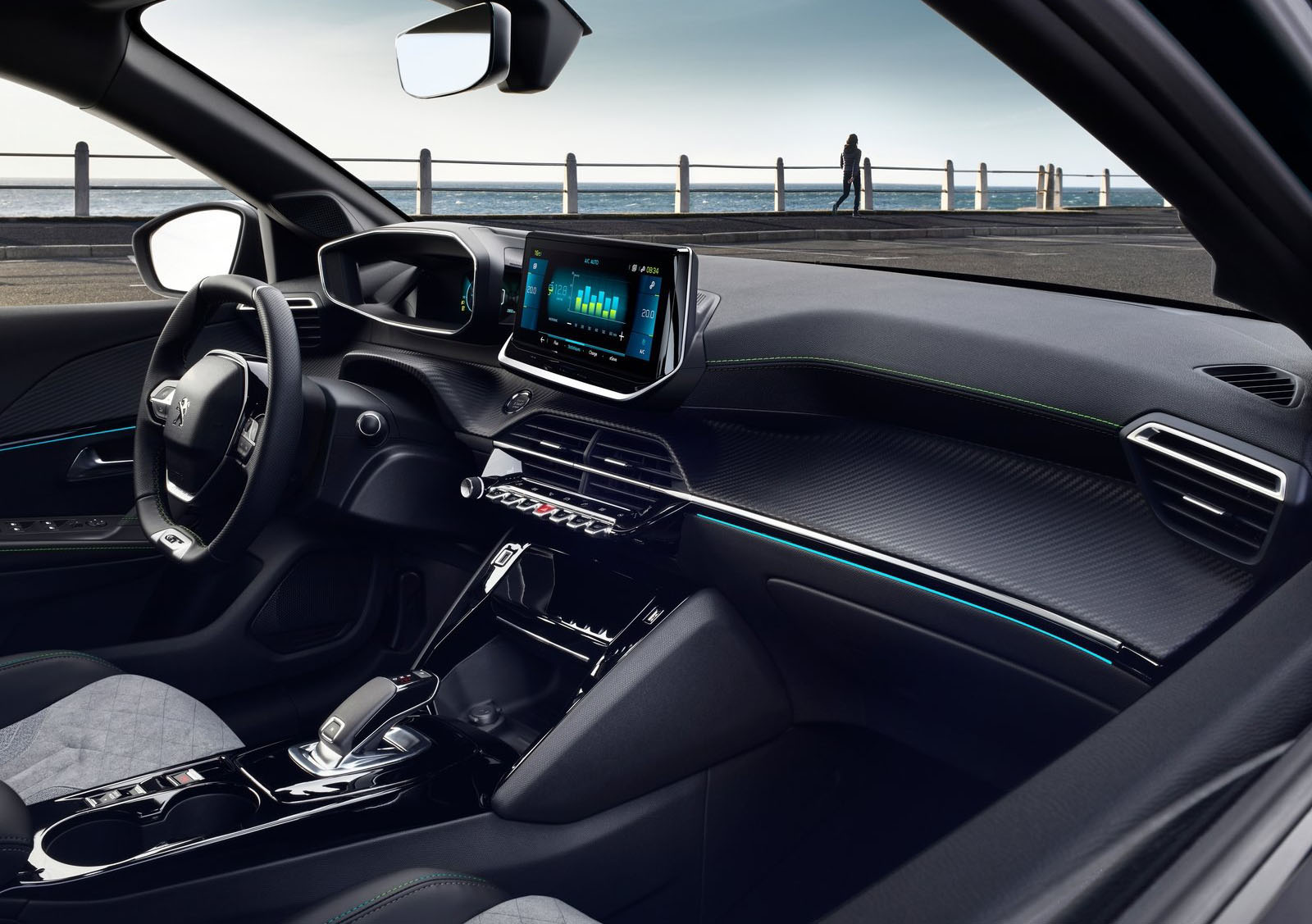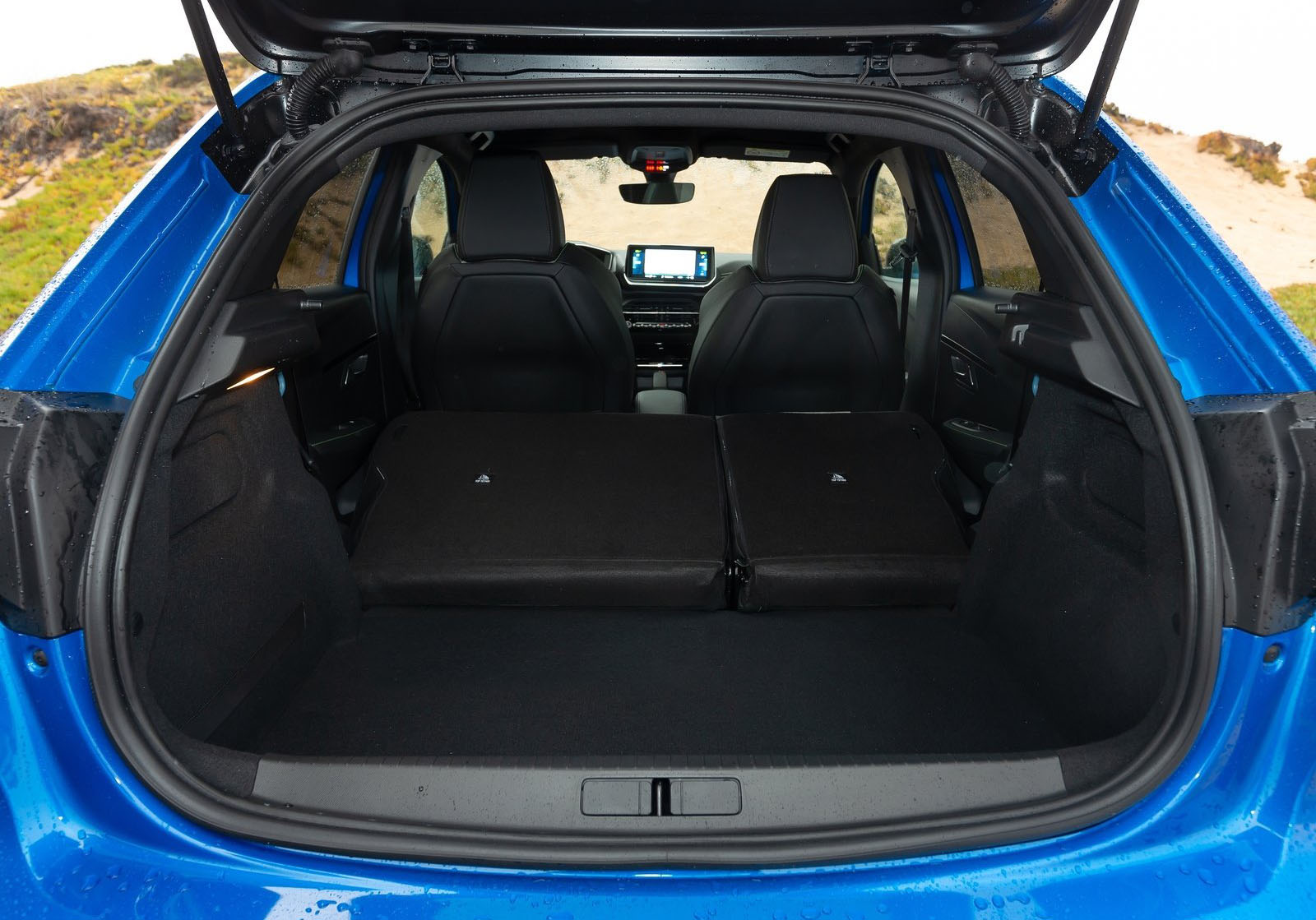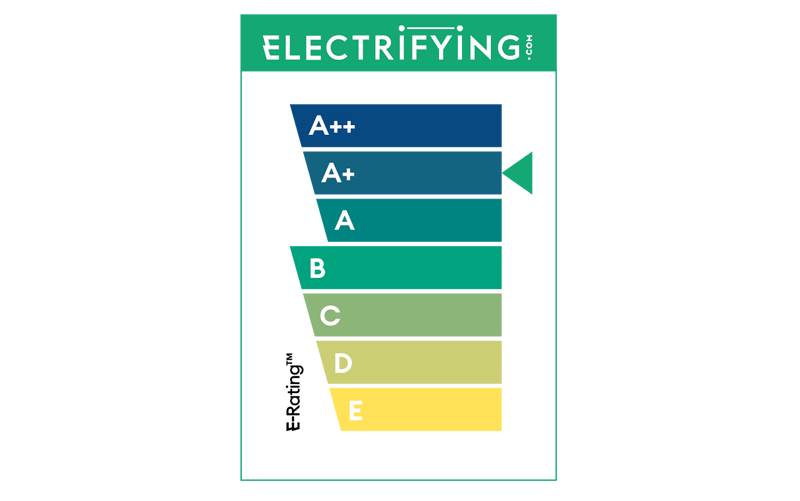Range
The distance you’ll be able to go between charges in the Peugeot e208 depends largely on the driver’s mood. The car has three drive settings which allow you to turn the 208 into a hot hatchback-like car with fun performance but probably only 150 miles between charges, or a super eco car that will feel a bit sluggish but might be able to go 280 miles without needing to be plugged in.
There’s a ‘Normal’ mode which is the ‘Goldilocks’ Porridge’ setting and is just right for everyday use, giving around 200 miles between charges depending on where and how you drive. Bear in mind that the weather will have an effect too, as heating the car in winter saps power from the battery.
Battery
The Peugeot e208 has a 50kWh battery, which is pretty big for this size of car but short of class-leading (the Renault Zoe for example has a 52kWh battery, but a Volkswagen e-UP! is 32.3kWh). It’s very cleverly packed too, with the cells being split into two sections which sit under the front and rear seats to keep them out of the way and ensure the space for passengers and luggage isn’t affected by the electric powertrain. It also means you don’t sit abnormally high in the e208 compared to other electric cars, which can feel quite tall in comparison to a conventional hatchback.
Charging
The e208 charges in the same way as most other electric cars, using either a home charger or a rapid point using the most common CCS type plug. Where it has an advantage over most rivals is the speed at which it can take on a charge. At home or on a fast charger of the type found at service stations, shopping centre car parks and roadsides in towns, the e208 can use the new 11kW chargers in addition to the standard 7kW. This means you’ll be able to get more miles into your battery in a shorter time and might be able to make better use of cheaper electricity rates at night.
If you are topping up while in the middle of long journey, or perhaps using a rapid charger just once a week, the e208 can also charge faster than most rivals and accept a 100kw rather than 50kw input.











